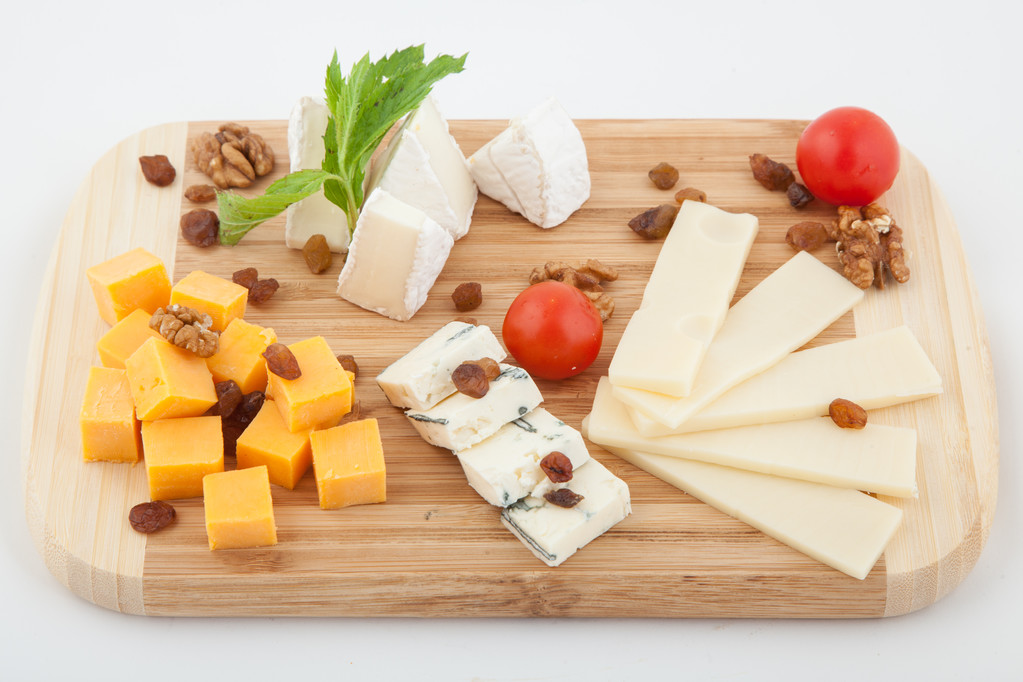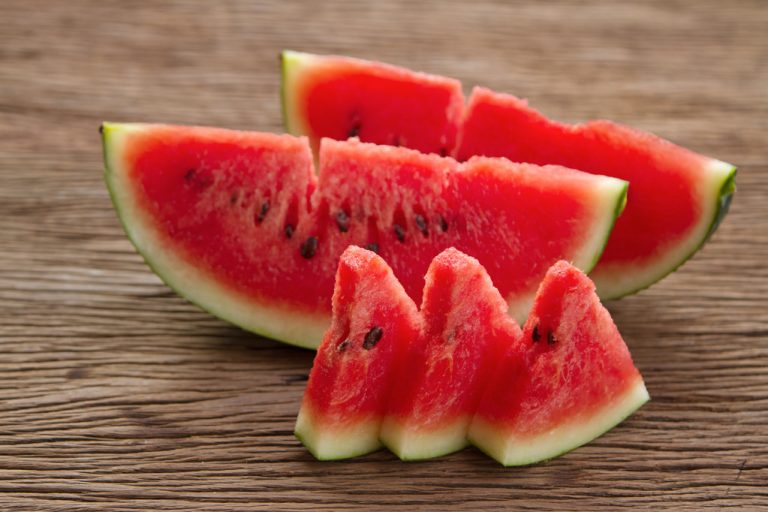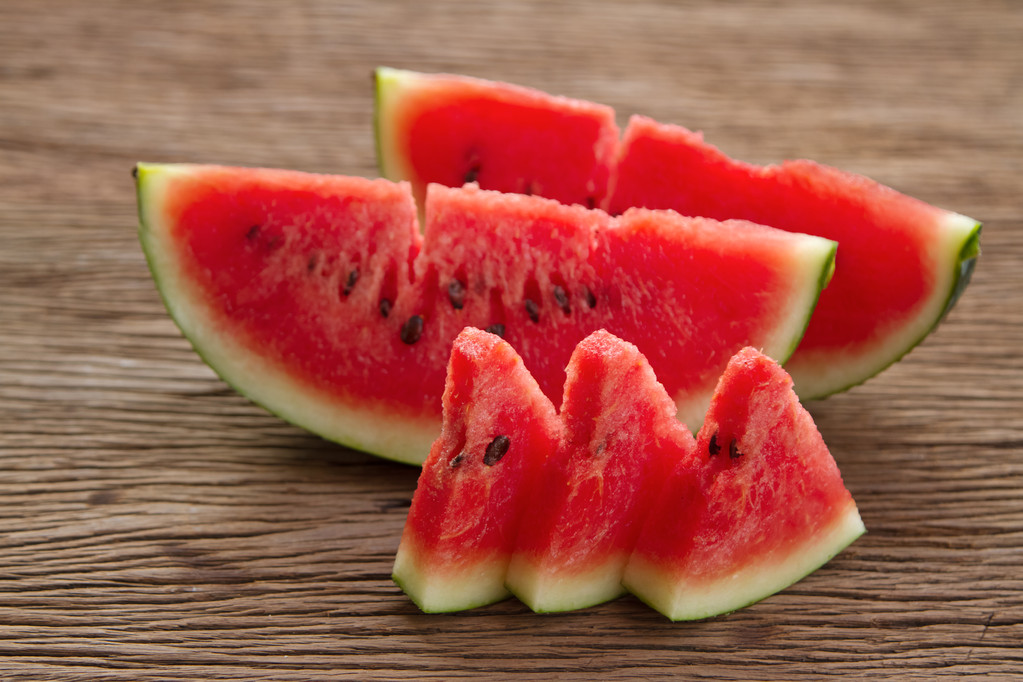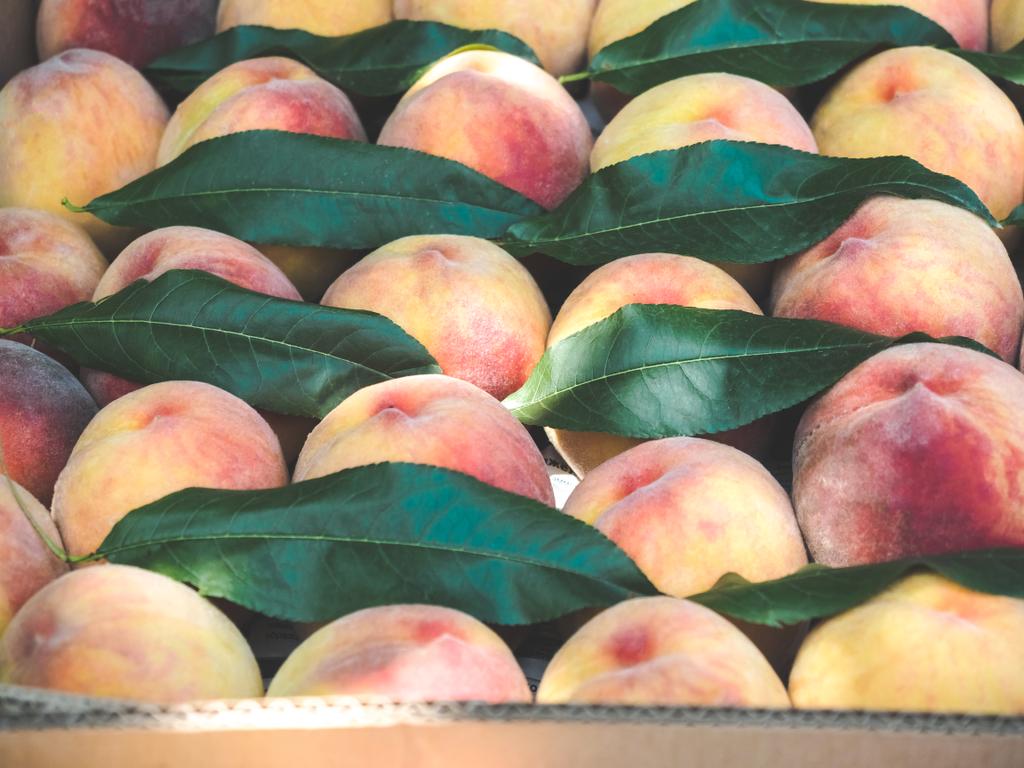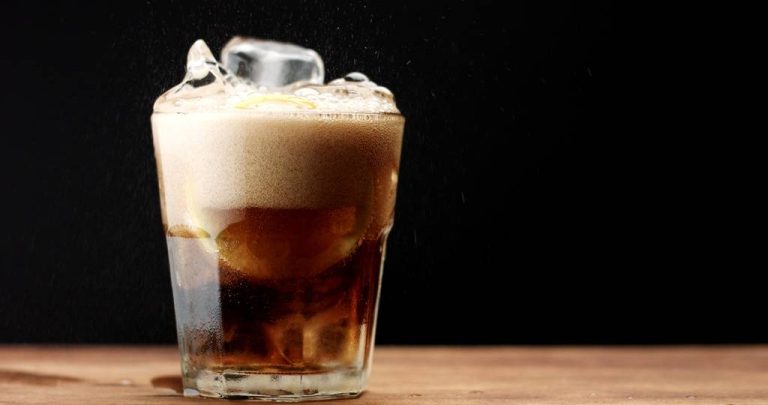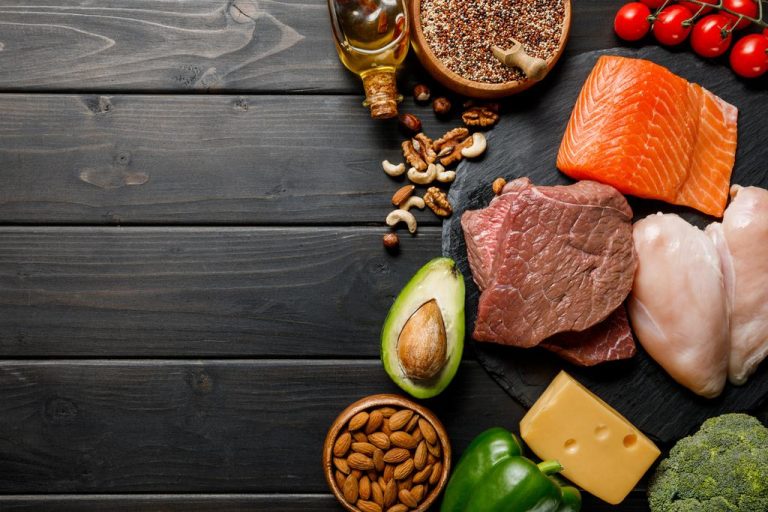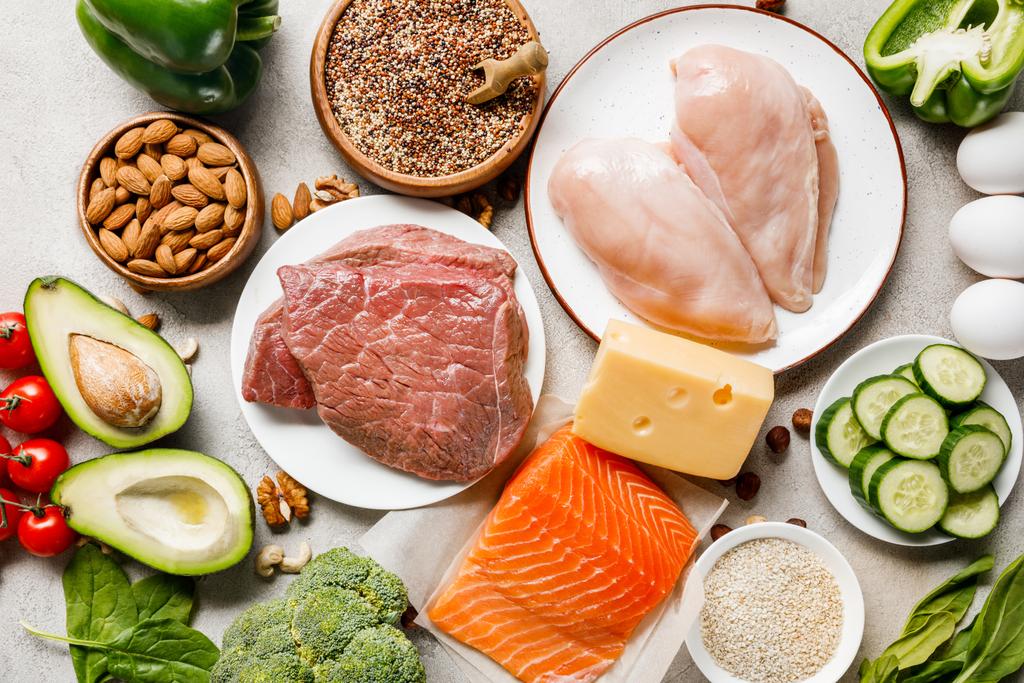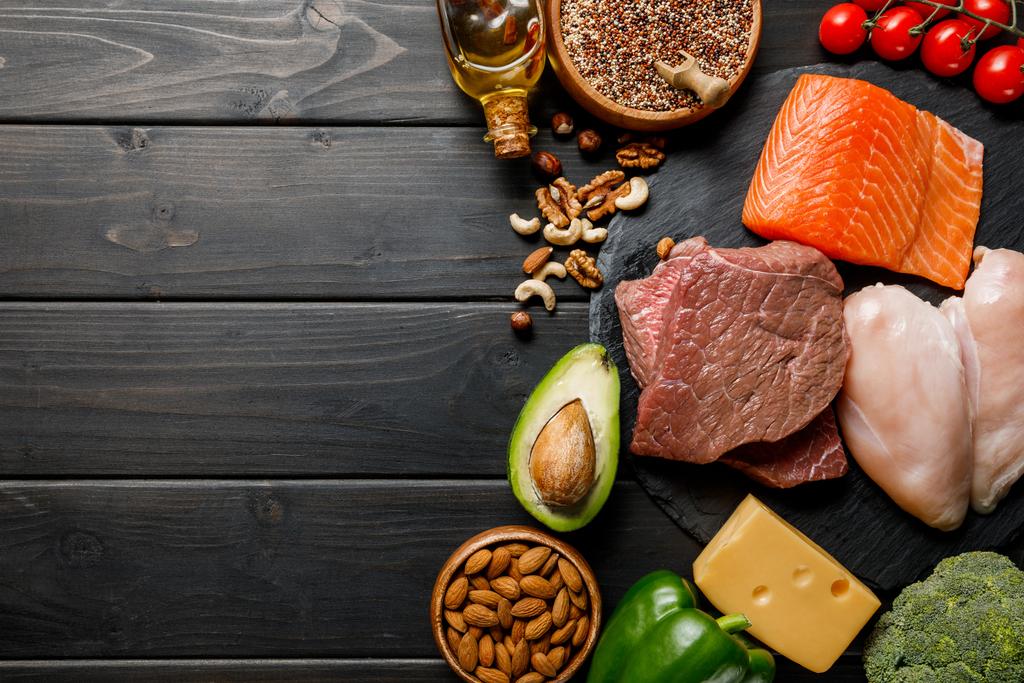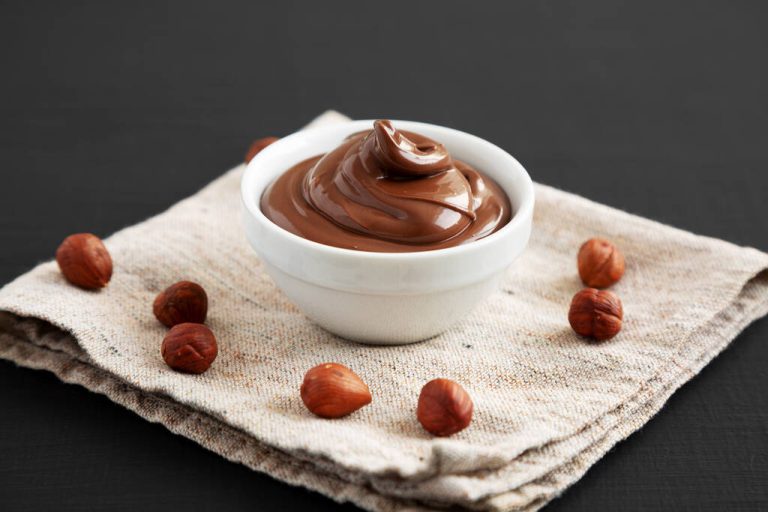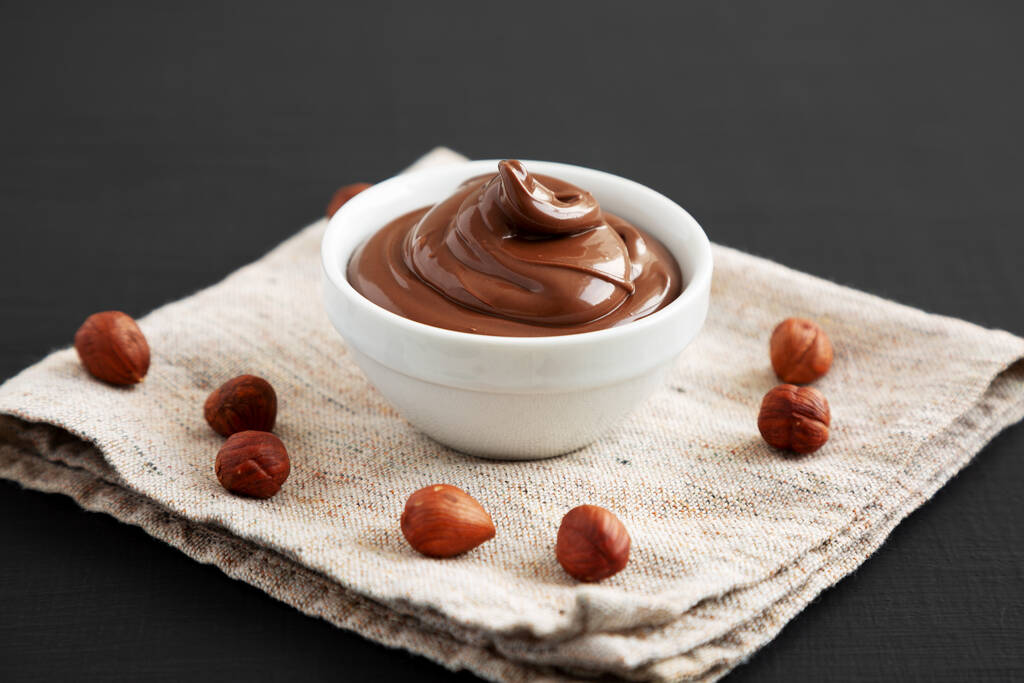The corresponding toilet paper is not only a major polluter, but can also contain dangerous chemicals.

270,000 trees are cut down every day to make toilet paper
Where does our toilet paper come from? If you get to the bottom of this question, the price for toilet paper that we pay in the supermarket or drugstore seems too low: According to Statista.de, 270,000 trees are cut down for the production of toilet paper every day.
This means that every two seconds an area of primeval forest the size of a soccer field disappears. According to a study by the Industry Association for Personal Care and Detergents, every German uses around 64 rolls of toilet paper per year.
With our consumption, we are in the middle of the field worldwide. In the south, in Spain for example, only about half of our toilet paper requirements are consumed, while in Sweden twice as much. Americans top the list using an average of 141 rolls per capita per year.
Alternative to toilet paper: rainforest becomes toilet paper
The consumer determines the market – this is also the case here in Germany with toilet paper. Since we Germans prefer to use comfortable, white, soft, multi-layer, tear-resistant and fragrant toilet paper, the market also responds to our request. Since 1928, new toilet paper has been produced for us from freshly cut trees. For the production of toilet paper, the jungle has to give way for the cultivation of suitable trees, which are planted like plantations on the cleared jungle area.
Usually these are eucalyptus trees. The largest planting areas of eucalyptus plantations are in Brazil, Chile, Canada, Russia and Uruguay. In addition to eucalyptus, the woods of birch and spruce are suitable for processing. Cellulose fibers are required for the processing of toilet paper. To do this, these fibers must be detached from the wood of the tree in a specific process. However, around half of the tree is unusable for the production process and is burned after processing. Another problem: around 12,000 liters of water per hectare of plantation area are needed per day for eucalyptus plantations, as the Tropical Forest Foundation explains. This lowers the groundwater level drastically.
What a waste for a disposable item! Around 122,000 square kilometers of rainforest were lost last year for reasons such as the production of toilet paper. 42,100 square kilometers of it were previously untouched jungle. After long transport routes, the pulp finally reaches Germany from the production countries for further processing. There, the toilet paper is finished using a high level of energy and water consumption and is then placed on the shelves for us.



